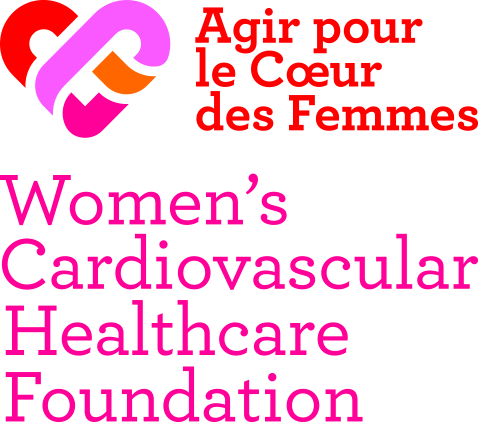This 2020 edition confirmed that French people are using less tobacco. In 2019, 30.4% of people aged 18 to 75 said they smoke, compared to 34.3% in 2014. This was the first time since 2000 that such a significant decrease was observed. Between 2018 and 2019, prevalence dropped significantly among women, going from 28.9% to 26.5%.
These are encouraging results, but the effort to cut down tobacco use must go on. The decrease from 2018 to 2019 wasn’t observed for everyone: prevalence remained steady among men. The decrease observed among the most vulnerable (those without a degree, those who are unemployed) didn’t occur this year. Social inequality is still pronounced. There was a 17-point deviation in daily tobacco use between unemployed and employed people, and a 12-point difference between those with the lowest and highest incomes. In France, a significant number of hospital stays for a cardiovascular illness are linked to tobacco use and women are just as susceptible. According to the French public health agency report, one 2015 study estimated that 250,000 hospitalizations for cardiovascular illnesses could be attributed to tobacco use in France. While older men are most often shown as victims of smoking, nearly a third of these hospitalizations involved women, particularly younger ones. Women are smoking’s forgotten victims! Older smokers aren’t the only victims: the cardiovascular effects of tobacco start appearing at 15 years of age. This means that between the ages of 15 and 35, the proportion of cardiovascular disease attributable to tobacco is higher than that observed in 65- to 80-year-olds! Who are these French smokers? The French public health agency’s newsletter described the profile of smokers in France in 2017: smokers are most often men (53.8%). Two-thirds of smokers (66.5%) are between the ages of 25 and 54, and 14.6% are aged 18 to 24. Smokers are most often people in precarious socioeconomic situations who have weaker mental health. They’re more likely to use other psychoactive substances and are less likely to have access to a general practitioner. They are less likely to use the internet to research health topics compared to non-smokers. Keep Up the Prevention Work We must continue smoking prevention efforts on a number of fronts: product (unmarked packs, advertising prohibitions, etc.), price (cost increases), support (stop smoking campaigns) and more. The challenge is also to find innovate interventions that fit the various profiles of smokers to effectively prevent tobacco use. This is an even higher priority in the context of the COVID pandemic that we’re experiencing, along with its social and economic consequences. This crisis situation is likely to increase tobacco use. So, now more than ever, we have to take action to fight tobacco use. Learn more at www.santepubliquefrance.fr/revues/beh/bulletin-epidemiologique-hebdomadaire BEH no. 14 (May 26, 2020) 2020 World No Tobacco Day






